We can recommend Victron Inverters
Victron Energy offers a wide selection of true sine-wave inverters, and at first glance, the choices can be confusing. All this to say, you can find an inverter to suit your needs.
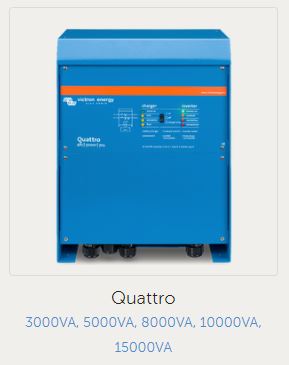
Victron Energy offers a wide selection of true sine-wave inverters, and at first glance, the choices can be confusing. All this to say, you can find an inverter to suit your needs.
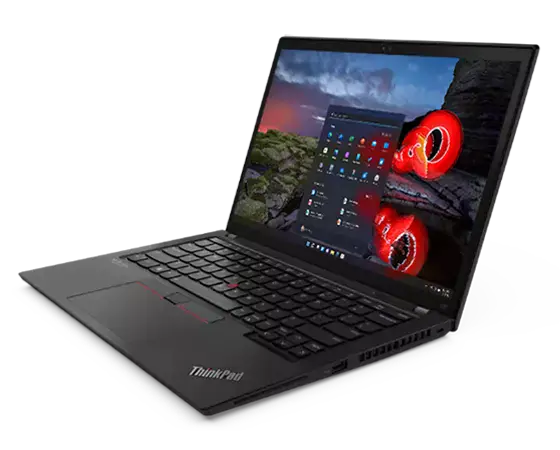
See our “How to choose a computer” self-help page for more general recommendations on evaluating a laptop for solar power use. The below laptops are what we would recommend as of today for running on solar power using a Half-Pint. We have not evaluated how well Linux will run on them so do your homework if you plan on using Wasta or other Linux.
Continue reading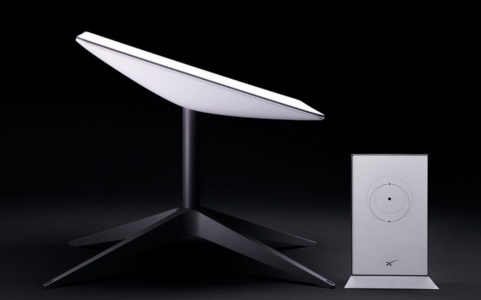
A lot of our folks are anticipating getting a Starlink Internet terminal in their remote village location in the next year or two. The “Dishy McFlatface” terminals and monthly fees are quite affordable, however Dishy requires a lot more power than a typical laptop computer, so powering it on solar will be a significant expense. Below are 3 reference designs for power systems capable of running your Starlink terminal different amounts of time each day. To keep costs down you’ll probably want to limit your Starlink Internet use to daylight hours and operate it less than 5 hours per day.
Continue reading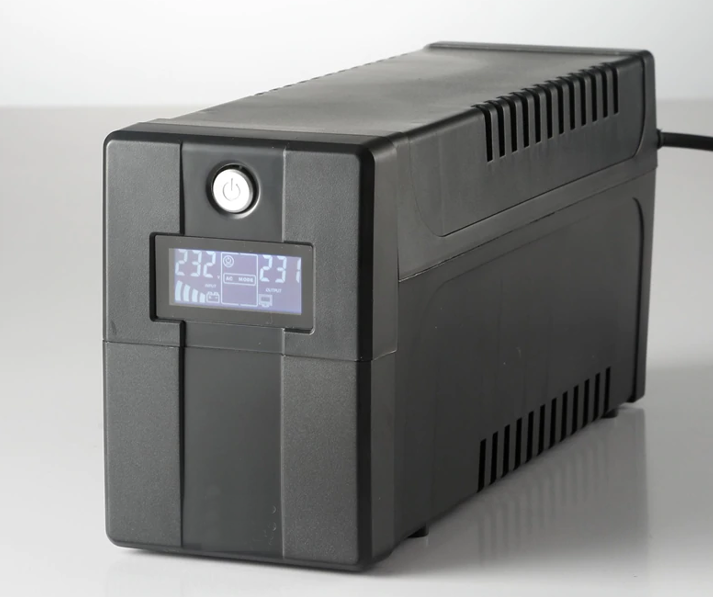
Most small UPSes are designed to keep IT equipment operating and prevent data loss during a SHORT power outage lasting only a very few minutes. When outages are frequent and/or many minutes long then additional issues arise that threaten the effectiveness of the UPS.
Continue reading
With the introduction of the latest USB-C, USB PD and USB 3.0/ 3.1/ 3.2 specifications there are a lot of optional features that can be implemented by USB devices, but these features only work if you’ve got the right cable. Here’s how to recognize the cable you need. Remember that transfer speeds and power delivery is determined by the equipment on both ends of the cable, but the wrong cable can be a limiting factor.
Continue reading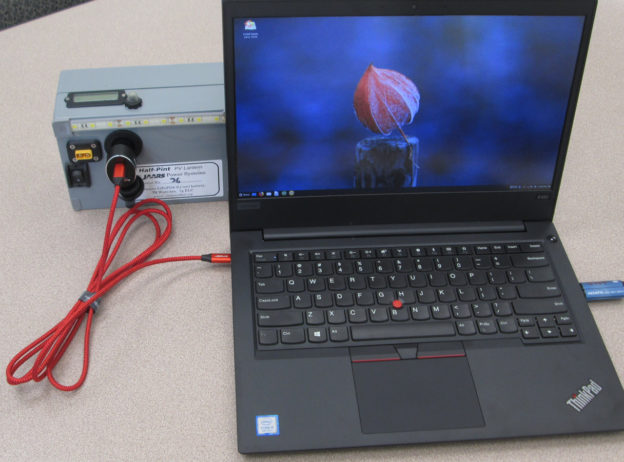
I tested a smattering of USB-C cables and USB PD chargers with a Lenovo Thinkpad E480 which uses USB-C PD charging. I was specifically looking at equipment for off-grid use for solar charging of laptops in a village situation. Is USB-C charging going to be the next big thing? Do different products interoperate well? Is the technology ready for the real world?
Continue reading